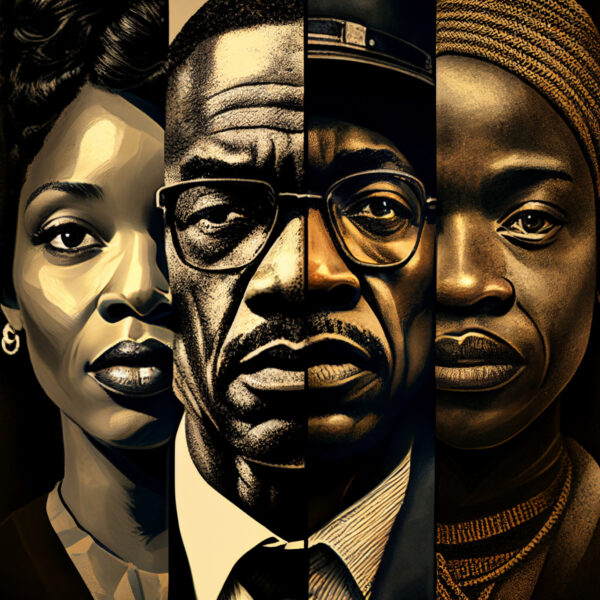What happened to Black Wall Street?
Jan 23, 2024 | Members of the Black Employee Resource Group

In honor of Black History Month, we are reflecting on the massacre of Black Wall Street in 1921, a dreadful event that led to the loss of hundreds of lives and the collapse of a thriving Black community.
What was Black Wall Street?
In response to the oppressive, generational horrors of slavery, a wealthy Black man named O.W. Gurley founded Black Wall Street in 1906. Into the 1920s, this area in Tulsa, Oklahoma was a thriving Black community that consisted of an upper-class community of Black men, women, and children who owned banks, hotels, cafés, clothing stores, movie theaters, excellent school systems, and posh homes with amenities like indoor plumbing.
The devastation of a thriving community
On May 31, 1921, a media outlet called the Tulsa Tribune reported that a Black man attempted to rape a white woman. Rather than doing their due diligence and allowing law enforcement to authenticate the validity of the accusation, a mob comprised of local white people responded by terrorizing Black Wall Street and its people with violence, looting, arson, and bombings over a two-day period.
Three hundred people lost their lives, eight hundred were injured, and thirty-five blocks of Black Wall Street were destroyed.
Despite the brutality of Black Wall Street’s intentional massacre, the Tulsa Race Riot Commission did not fulfill its obligation to administer their suggested reparations for Black survivors of the Massacre and their families.
Black attempts to improve their finances and work environments were falsely labeled as communism to generate a backlash against the upward mobility of Black people as a whole: a willful act of racial suppression.
Why did the massacre of Black Wall Street occur?
Root causes of this disastrous event include systemic and historic attempts by white people to keep Black people in inferior economic positions post-slavery. Black attempts to improve their finances and work environments were falsely labeled as communism to generate a backlash against the upward mobility of Black people as a whole: a willful act of racial suppression.
Dismantling racism within the financial sector
Many decades later, systemic racism and discrimination continue to greatly impact the economic lives of Black and other communities of color in the U.S. These systemic issues result in Black communities receiving disproportionately lower credit scores, homeownership rates, and access to fair, non-predatory lending.
Banks must do their part to dismantle racism within the financial sector.
Beneficial State Bank’s vision includes an economy that dismantles discrimination, helps break the chains of generational poverty, and ends extractive environmental practices. By centering systematically and historically excluded people and examining how we can transform our products, services, and internal practices to better uplift these communities, as a Bank, we can all do our part to move the needle towards the just and viable future we all deserve.
Learn more about how banking can become more equitable for all.
People, Planet, Prosperity for All
We are proud to lend $91 million to support nonprofit organizations, and $0 to weapons manufacturing. When you bank beneficially, you choose to support people and planet.
Choose a Bank that Invests in Tomorrow

Beneficial State Bank serves the triple-bottom-line of people, planet, and prosperity for all. That means prioritizing social justice and environmental sustainability. Our clients want to see their money put to good use – funding causes that defend our planet and build resiliency in our communities. Change your bank and help change the world.